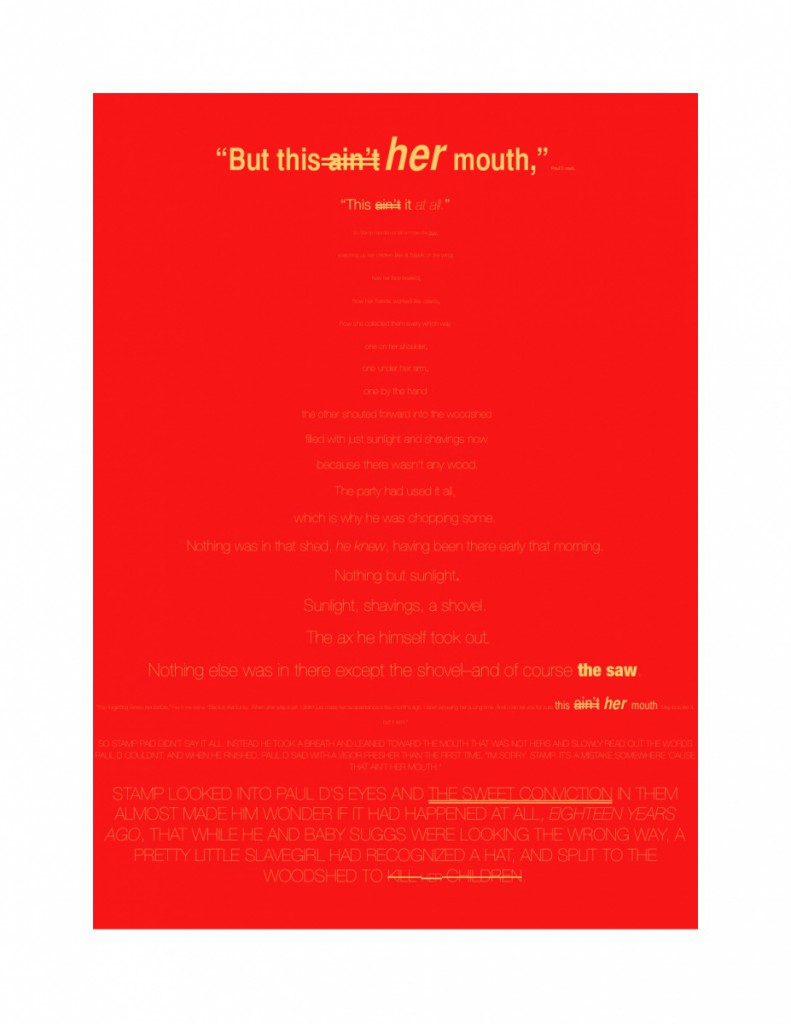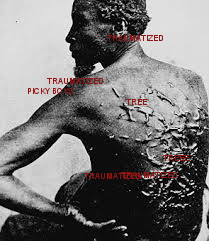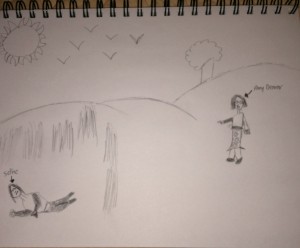What Is True Love?
Anwar Uddin
As a sister I can do so much, I tried and tried thus I failed to aid my sister during her sorrows. She was troubled with cardiovascular disease so I tried giving her hints and description of what might have happened, slowly trying to reveal the whole outcome of the tragedy but all attempts failed. My sister’s husband’s friend, Richard had learned about a railroad disaster when he was in the newspaper office and saw Louise’s husband, Brently, on the list of those killed. As I slowly told my sister about Brentley’s death, I can see all the emotions building up in Louise and her eyes gradually turning red and slowly the first drop of tears ran across her cheeks and down her neck. I felt pain and grief run through my body as I told her about the incident it was a painful ache that’s unexplainable. As I tried leaning forward to grab her, Louise ran down the living room and up the stairs not stopping at once as she skipped through two stairs at a time. I followed behind her as she slammed the door in front of me all I can hear at this point is an ache that ran down my ears from the wooden door that Louise had slammed shut. So many things ran across my mind I thought I was going to lose my sister also, as I heard the windows crack open on the other side of this dense wooden door. There was a little opening under the wooden door and I felt a slight puff of air hit my toes. So I knew for sure Louise had opened the window. As I put my ears against the door to listen to what Louise was doing behind door, I heard a little whisper saying “free body and soul free!” then I yelled out “Louise, open the door! I beg; open the door you will make yourself ill. What are you doing, Louise? For heavens sake open the door.” I kept banging on the door and I felt flood flow into my arms as I started banging harder and harder slowly my hands started turning red.”Go away. I am not making myself ill.” My sister answered. I felt helpless, here my sister was going through a tough time and all I could do is watch and listen. After waiting and waiting I didn’t know what to do anymore and unexpectedly the wooden door slowly opened and I was ecstatic to see my sister all right. For some reason I saw triumph in Louise’s eyes I was bewildered it was as If she was free again. I wish I knew what was running through my sister’s mind. But I was delighted to see my sister okay and that’s all that mattered. I held my sister as she clasped her arms around my waist and I slowly held her as we walked down the wooden stairs there was silence and I heard my sister breathing hard and the stairs making crackling noises. At the bottom of the stairs Richard was awaiting our presence. As we finally approached the bottom of the stairs where Richard was standing, someone was trying to open the front door. I heard keys trying to twist and turn trying to open the door and finally the front door had cracked open. It was Brentley Mallard carrying his grip-sack and umbrella, I couldn’t believe it I felt a huge burden lift of my back and all I thought to myself was “how?” I was truly pleased to see Brentley safe. I burst out with laugher and cry. Richard had tried unsuccessfully to block Louise from seeing him. My sister Louise had passed away from heart disease, I was speechless nothing can overcome what I have been through all the sorrow and pain.
In the original story, “The Story of an hour” by Kate Chopin the author narrates the story using third person limited narration. We are guided towards the mind of Louise Mallard and we come to learn about Louise’s outlook and emotions about her husband Brently Mallards death when a railroad disaster takes place. Louise’s Mallard’s sister Josephine is trying very hard to cope with the situation and she’s slowly trying to explain to Louise’s about the incident that occurred with Brently. Therefore in my narration of “The story of an Hour” I used first person limited narration to take a tour around Josephine’s intuition about her perception and thoughts of the incident which took place with Brently and how she might have actually felt trying to explain to her sister that her husband wont be coming back home.
In my telling of “The Story of an Hour” I used first person narration to describe Josephine’s thoughts and feelings when she had found out about the railroad disaster that had took place and how it might have felt to actually tell someone that your loved one wont be returning back home. I described the story through Josephine’s perspective and how Josephine may have felt. Therefore started my story of with Josephine’s feelings and how she feels helpless and unworthy, “As a sister I can do so much, I tried and tried thus I failed to aid my sister during her sorrows.”This portrays Josephine can only do so much to help her sister through her struggles. Also Josephine’s sister Louise Mallard was troubled with heart disease therefore she didn’t want to go straight to the topic of Brently Mallards passing away instead she used broken sentences and hints to portray Brently’s death. Josephine acknowledged the despair that was building up when she was explaining to Louise about her husband’s death as she states, “I can see all the emotions building up in Louise and her eyes gradually turning red and slowly the first drop of tears ran across her cheeks and down her neck.” Josephine tried to soothe her by giving her a hug but Louise went up to her room alone. She followed Louise back to her room but Louise wouldn’t open the door. Many thoughts were running across Josephine’s head as a sister she wanted the best for Louise as we can see she states, “Louise, open the door! I beg; open the door you will make yourself ill. What are you doing, Louise? For heavens sake open the door.” Louise had cracked open the windows and Josephine knew something was up, she screamed “Louise, open the door! I beg; open the door you will make yourself ill. What are you doing, Louise? For heavens sake open the door.” But Louise wouldn’t budge therefore she answered “Go away. I am not making myself ill.” Josephine didn’t want her sister to feel ill therefore she kept banging on the door eventually Louise had opened the door and she came out. Josephine explains that Louise looked very delighted and happy when she walked out of the room, “For some reason I saw triumph in Louise’s eyes I was bewildered it was as If she was free again.” But to Josephine all that mattered at that point was that her sister was okay. As they grabbed each other and started walking down the stairs Richard was at the bottom of the stairs waiting for them when they reached the bottom of the stairs someone was trying to open the front door and eventually Brently Mallard walked into the house. Josephine couldn’t believe it, Brently was alive she was full of joy. Later on we come to a conclusion that Louise had passed away from heart disease.
In the original story of “The story of an hour” by Kate Chopin, she uses Third person limited narration. In the story there is a short description of Josephine’s reaction when she first hears the incident that occurred with Brently Mallard. Louise Mallard is heart troubled so she is cautiously informed about her husbands passing away. The description tells us that Josephine use’s broken sentences to describe the incident that occurred, as explained in the story “it was her sister Josephine who told her, in broken sentences; veiled hints that revealed in half concealing.” Louise’s husband’s friend Richard, had learned about a railroad disaster that befall when he was in the newspaper office and saw Louise’s husband, Brently, on the listing of those wounded and killed. After Josephine had slowly explained to Louise about Brently’s death Louise slowly started weeping and she runs upstairs to her to room alone. Louise sits down in her room and she looks out an open window. She sees trees, she smells the aroma of approaching rain, and hears someone yelling out what he’s trying to sell. She hears somebody singing as well as the sounds of sparrows, and there are fluffy white clouds in the sky as its stated in the story “She could see in the open square before her house the tops of trees that were all aquiver with the new spring life. The delicious breath of rain was in the air. In the street below a peddler was crying his wares. The notes of a distant song which some one was singing reached her faintly, and countless sparrows were twittering in the eaves.” She feels young with lines around her eyes we come to this conclusion because the author explain “she was young, with a fair, calm face, whose lines bespoke repression and even a certain strength.” Still weeping, she looks into the distance. She feels anxious and tries to hold back the building emotions inside her, but she can’t. She starts continuously repeating the word “Free” to herself over and over again. Her heart begins to beat quickly, and she feels awfully warm. Louise knows she’ll sob again when she see’s her husband corpse. Louise describes Brently’s hand as tender, and that he constantly looked at her tenderly. But when she starts thinking about the years to come, which belong only to her now, and spreads her arms out ecstatically with eagerness, the author explains “she knew that she would weep again when she saw the kind, tender hands folded in death; the face that had never looked save with love upon her, fixed and gray and dead she saw beyond that bitter moment a long procession of years to come that would belong to her absolutely. And she opened and spread her arms out to them in welcome.” Louise will be free on her own without anyone to tell her what to do. She feels as if all men and women oppress one another even if they do it out of affection. Louise often felt love for Brently but she tells herself that none of that matters anymore. She feels happy with her new freedom. Josephine comes to her door and starts knocking, pleading Louise to come out, and telling her that she’ll get sick if she doesn’t. Louise tells Josephine she’ll be fine and for her to go away. Louise thinks about all the days and years to come and how she’ll live a long and healthy life with no stress. Louise eventually opens the door and both sisters start walking down the stairs where Richards is waiting for them at the bottom of the stairs. The front door suddenly opens and Brently Mallard comes in. He wasn’t in the train disaster or even attentive that one had happened. Josephine screams out of delight, and Richards tries to block Louise from seeing him. When the doctors appear they state that Louise died of a heart attack brought on by joy.
In conclusion, the author Kate Chopin describes all the feelings and emotions of how Louise felt when she thought her husband passed away. Kate Chopin used third person limited narration to describe Louise and her thoughts about the whole situation. Louise felt a huge burden lift of her back as she thought her husband passed away. In the story I described I used third person narration with a different character I used Josephine as the character and her described her thoughts and feelings about the whole situation from her point of view.









